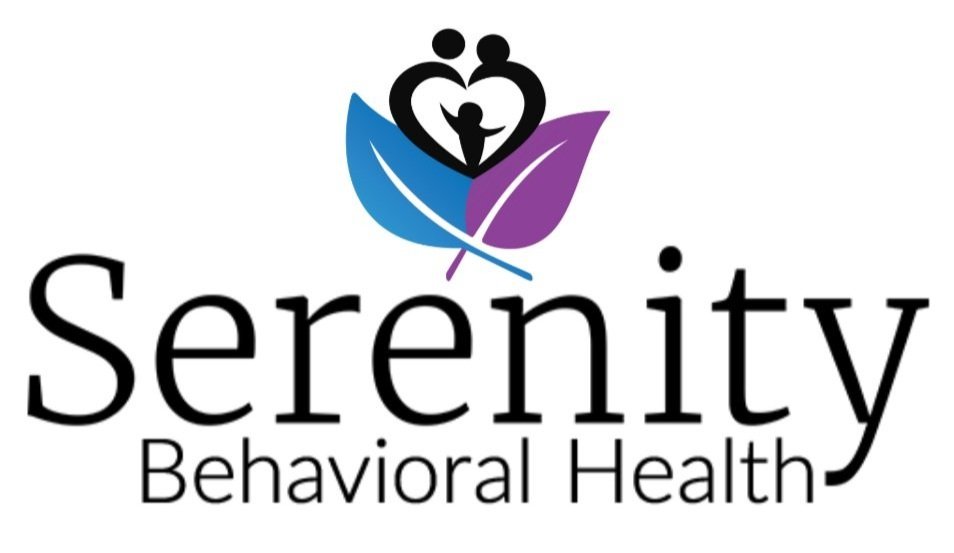Let’s Talk About Nicotine - Risks of vaping, smoking and tips to quit.
According to the CDC almost 4 million high school and middle school students reported current (past-30 day) use of any tobacco product in 2020 with use of e-cigarettes being the highest. Nicotine is highly addictive and can be incredibly hard to quit, even after a short period of use. Often times kids report believing that vaping is safer than cigarettes or “not as big of a deal” and don’t realize how easy it is to become addicted and how hard it can be to quit.
What are the risks of vaping & tobacco use?
Slow brain development in teens and affect memory, concentration, learning, self control, attention and mood
Increase the risk of other types of addiction later in life
Can cause: Asthma, Lung Cancer, Popcorn Lung, Pneumonia, Diabetes, Heart Disease, Secondhand Smoke, Higher Risk for COVID-19, Gum Disease, etc. (GSAHEC,2018)
Cause coughing, shortness of breath, or chest pain
Vaping has been linked to lung, heart, brain, and gum illnesses
Vaping lead to smoking cigarettes and other forms of tobacco use.
The vapor made from e-cigarettes is not made of water. The vapor contains harmful chemicals and very fine particles that are inhaled into the lungs and exhaled into the environment.
There are also many unknow risks of the effects of vaping over time but health experts are reporting serious lung damage including some deaths
So what can you do if you want to quit vaping or smoking?
The first step is making the decision to quit.
Identify why you want to quit and write it down or put it in your phone. Look back at your reasons for quitting when you feel the urge to vape or smoke.
Take things one day, one hour or one moment at a time. “I’m just not going to vape or smoke for right now”, “If I want to vape or smoke later I can but for right now, I’m not”
Hold yourself accountable - tell family and friends you’re trying to quit.
Download apps that can help with cravings and give encouragement while you stop vaping.
Understand withdrawal. Nicotine addiction leads to some significant cravings. Be ready for them. Withdrawal symptoms may also include:
Headaches
Feeling tired, cranky, angry or depressed
Trouble concentrating
Trouble sleeping
Hunger
Restlessness
Withdrawal symptoms are the strongest the first few days after quitting but they get way better over time. Days 1-4 tend to be the worst but by day 7 things definitely start to get better. Remember…you can do this!
Take some time to think about what your triggers are (people, places or feelings that increase your urge to vape or smoke) and identify things you can try instead. Like:
Chewing gum
Drinking water
Taking a deep breath, in through your nose, out through your mouth - I can’t stress this enough. Try it!
Having something to fidget with
Chewing on a toothpick
Mints or something similar (I recommend orange TicTacs!)
Exercise/take a walk
Listen to your favorite playlist
Distract yourself with something you like to do
If going “cold turkey” hasn’t worked for you its ok to consider nicotine replacement therapy. Talk to your Dr. or parents about options if you’re not familiar with them.
Remind yourself how much healthier you’ll feel and how much money you’ll save!
What else can I do?
Now that you understand the risks of vaping and tobacco use, take control of your health. If you're having a hard time quitting, talk to your health care provider about local programs and websites that can help you quit.
What can parents do?
Prepare your kids for peer pressure:
Discuss what they might say if a friend offers a cigarette or e-cigarette
Set a good example:
If you smoke or vape the best thing you can do is quit or at least avoid smoking around children
Establish a smoke-free home:
Don’t allow family members or friends to smoke in your home or around your family
Think more than cigarettes:
Explain that smokeless tobacco, hookah, and e-cigarettes all have dangers, including nicotine addiction.
Seek resources:
Educate yourself and your children on programs and latest campaigns that are useful in giving recommendations to quit smoking or vaping.
The team at Serenity can also help. We often address vaping in our teen and young adults IOP and OP programs. Give us a call for more information on how we can help.
